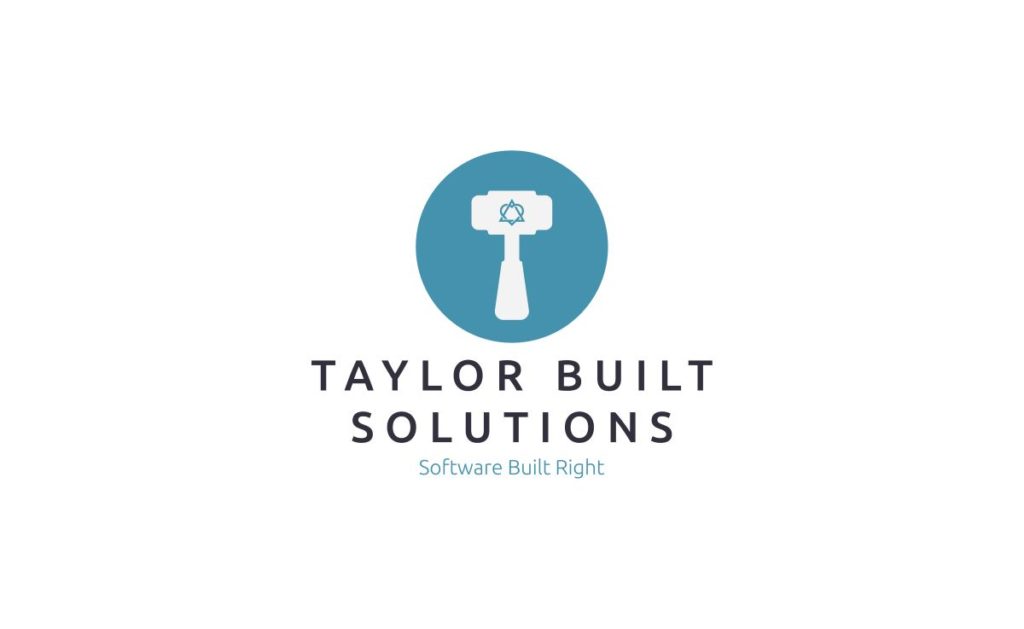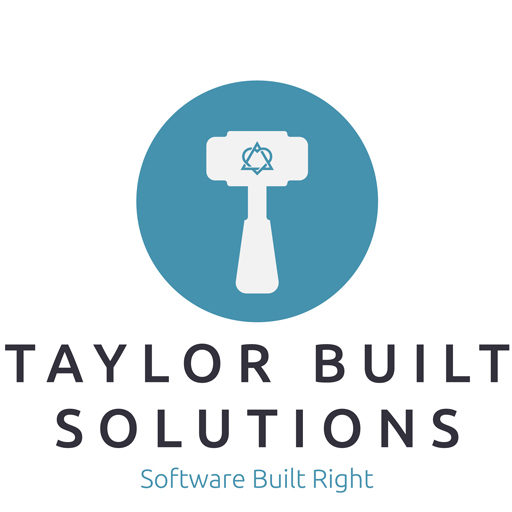
Recently I wrote a post about how important it is to make “context rich” communication a priority. This is especially important for remote teams because gaining context in a discussion is doubly difficult if you’re not together in the same room. Related to this, there’s a thread on Twitter about whether remote employees should have their cameras on during meetings. Given how much context seeing someone’s face gives, I’d like to discuss the pros and cons of turning on video cameras in your remote meeting software during your meetings. My opinion is that, as always, IT DEPENDS!
Cameras Give Context
A big part of a conversation between people is unspoken. Emotion is conveyed strongly on the face of the person you’re speaking with. Having a video camera on while you’re hashing something out gives a way for your team to see your emotion and read your intent. It also lets you see how the listeners in your conversation are receiving what you’re saying. This takes the conversation a long way toward being productive because you can tailor what you’re saying to help clarify a point or defuse tension.
When you’re speaking with a group of people in person it is pretty easy to see the entire body language of all those in the room. This lets you see how people are reacting to what you say and when somebody who might be introverted wants to speak. To use a technical analogy, you have much more bandwidth coming from somebody you can see in person than you get from a small rectangle on a screen.
However when you’re on a conference call it can be hard to tell who wants to speak even when you can see their faces. The fewer people that are on the call the easier it becomes to really pay attention to the faces of those talking. As such I think that cameras really only works for online meetings with few attendees where the goal is to really hash something out. Otherwise the cameras lose their ability to give meaningful context.
People Focus In Different Ways
While it is true that seeing the face of the person you’re communicating with can provide a context rich medium of communication, not everybody communicates well face to face. Some listen better when they can fidget with something or when they can play on their phone. This can make it look like they’re not paying attention.
As such you really need to know the personality of the person you’re talking to if you expect to have a valuable conversation with them. If you aren’t expecting them to speak with you during the meeting or you’re discussing things that don’t involve them directly it may behoove you to not care if they’re paying close attention. If you are intending to have an important discussion with them be aware that they make not look you (or the camera) in the eye. Be patient with your co-workers and communicate with them in the way that works best for them.
Cameras On Only For Small Online Meetings
Having context rich communication really only helps where everybody will be participating (yes, back to this again!). As mentioned earlier, there is more bandwidth for participants of a meeting if everybody is in the same room. However, if everyone is remote there is less bandwidth available and, as such, the number of people that can engage in context rich communication will be limited. My guess is no more than four people will be able to communicate effectively in a context rich manner over a video based conference call though I don’t have the research to back this up.
Maybe Don’t Have Big Meetings?
The bigger a meeting is the more it will trend, by nature, toward information dissemination and away from conversation. There is no point to having all ten, twenty, or one hundred cameras on if the majority of those people will not be saying anything. If you’re disseminating information you don’t need context from those you’re talking to. In reality, though, that kind of meeting should probably have been an email.
Conclusion
I think video cameras are incredibly useful for conversations between a few people meeting to talk deeply about a topic. I’ll generalize that to saying that meetings are a good use of employees time if you need to dive deeply on a topic. This applies whether you’re talking in person or remotely. Meetings setup simply to disseminate information really should be consigned to email to respect the time and talents of your knowledge workers. As such have less meetings and setup the ones you do have to provide the highest level of context rich communication whether that be video cameras or meeting rooms.
